Technique Toolbox: Perfect Pointillism!
April 29, 2014 by elromanozo
For some website features, you will need a FREE account and for some others, you will need to join the Cult of Games.
Or if you have already joined the Cult of Games Log in now
What difference will having a FREE account make?
Setting up a Free account with OnTableTop unlocks a load of additional features and content (see below). You can then get involved with our Tabletop Gaming community, we are very helpful and keen to hear what you have to say. So Join Us Now!
Free Account Includes
- Creating your own project blogs.
- Rating and reviewing games using our innovative system.
- Commenting and ability to upvote.
- Posting in the forums.
- Unlocking of Achivments and collectin hobby xp
- Ability to add places like clubs and stores to our gaming database.
- Follow games, recommend games, use wishlist and mark what games you own.
- You will be able to add friends to your account.
What's the Cult of Games?
Once you have made a free account you can support the community by joing the Cult of Games. Joining the Cult allows you to use even more parts of the site and access to extra content. Check out some of the extra features below.
Cult of Games Membership Includes
- Reduced ads, for a better browsing experience (feature can be turned on or off in your profile).
- Access to The Cult of Games XLBS Sunday Show.
- Extra hobby videos about painting, terrain building etc.
- Exclusive interviews with the best game designers etc.
- Behind the scenes studio VLogs.
- Access to our live stream archives.
- Early access to our event tickets.
- Access to the CoG Greenroom.
- Access to the CoG Chamber of Commerce.
- Access the CoG Bazarr Trading Forum.
- Create and Edit Records for Games, Companies and Professionals.






























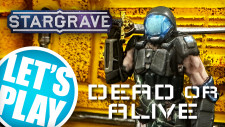

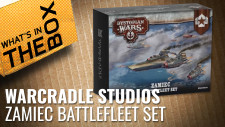
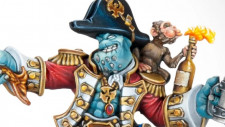
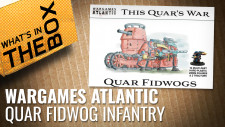
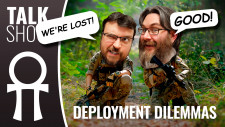





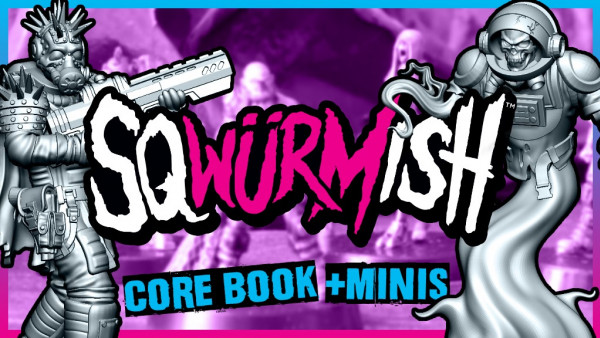
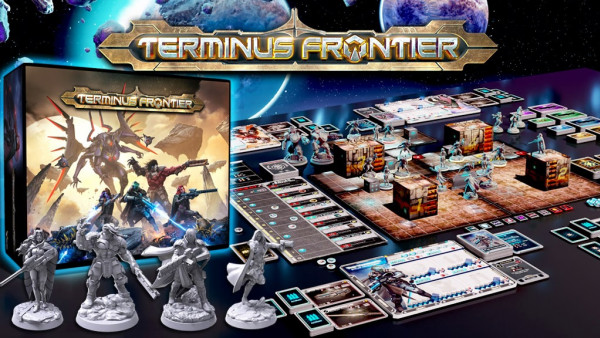

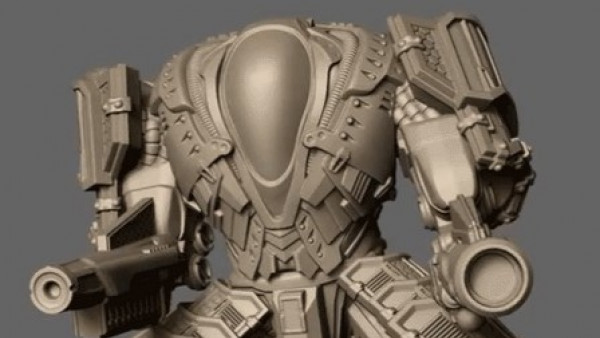

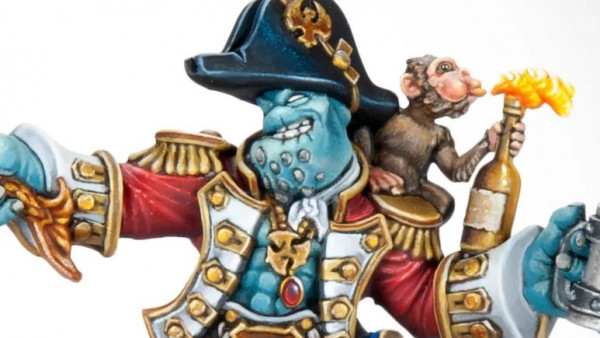
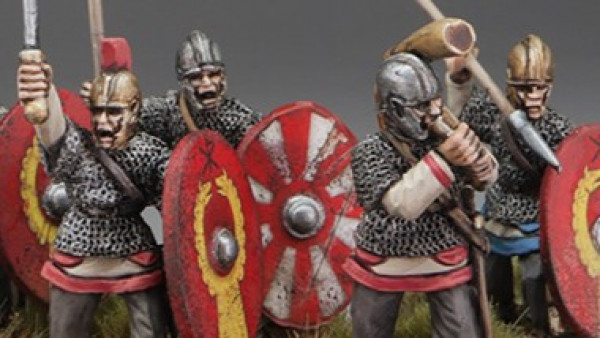
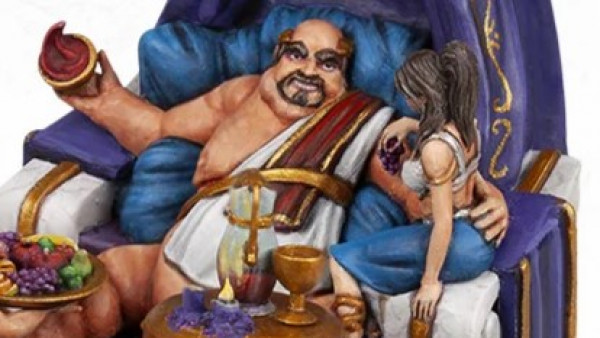
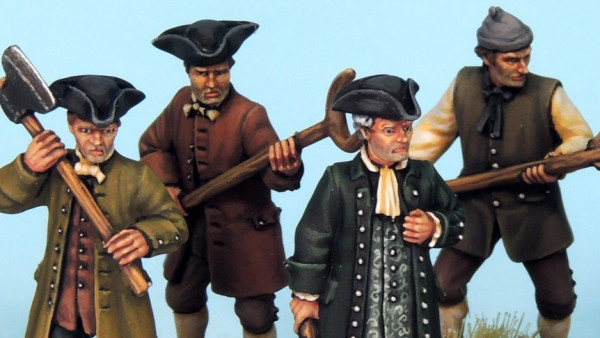
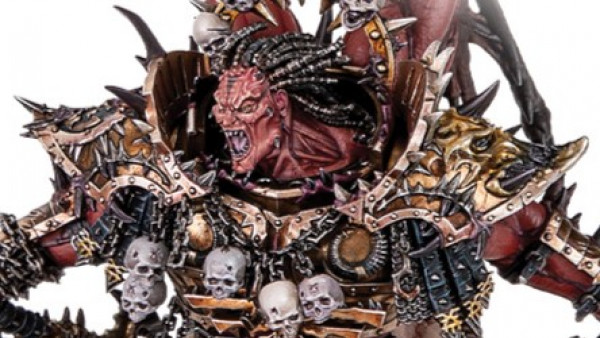
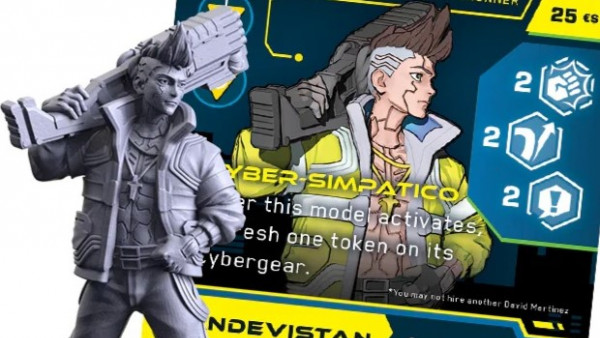
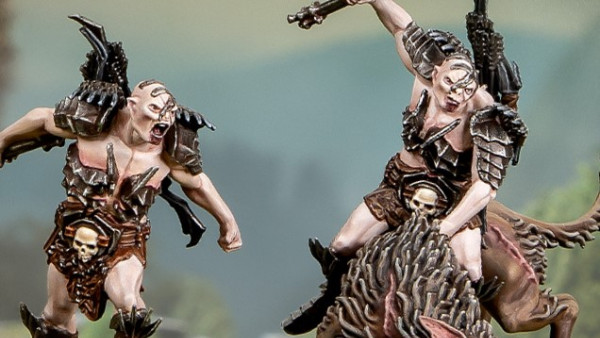
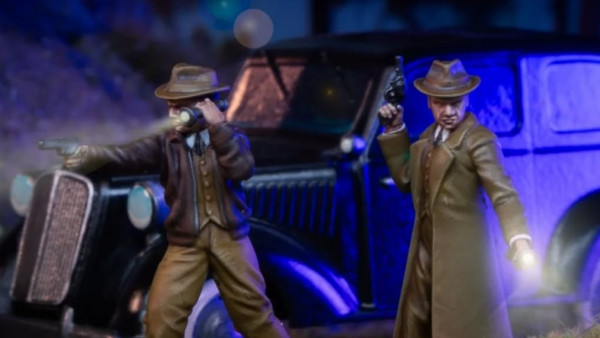
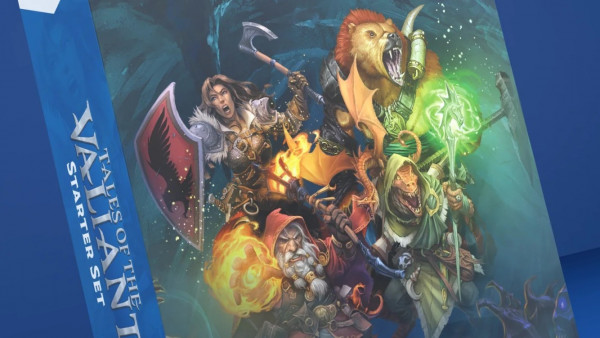
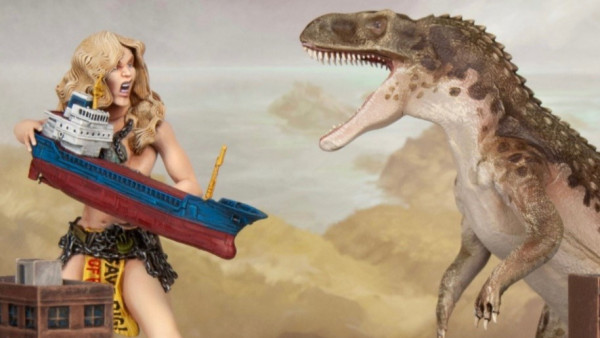
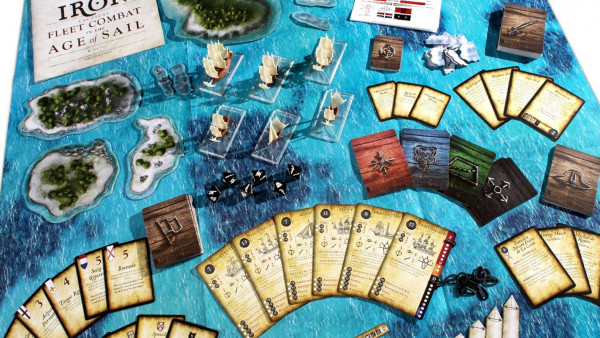
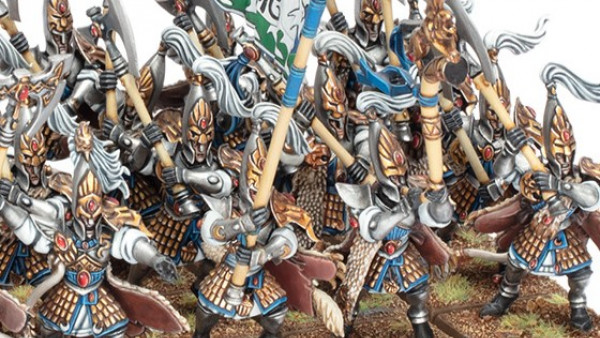
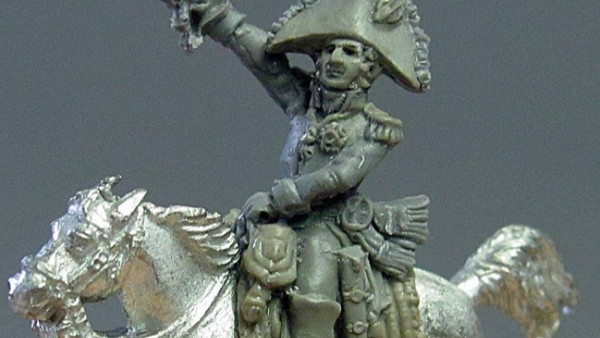
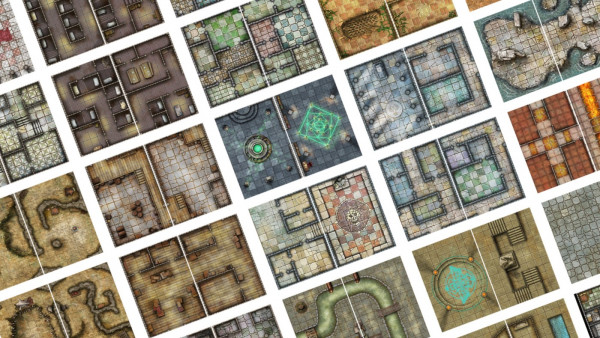
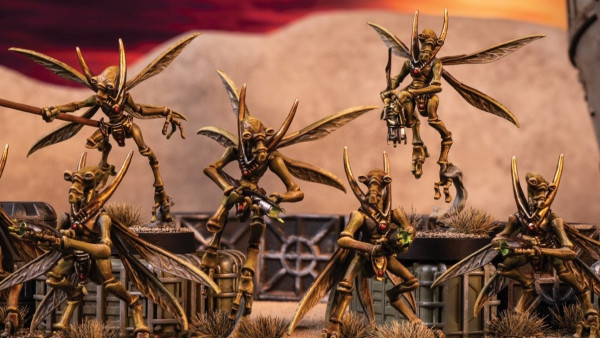

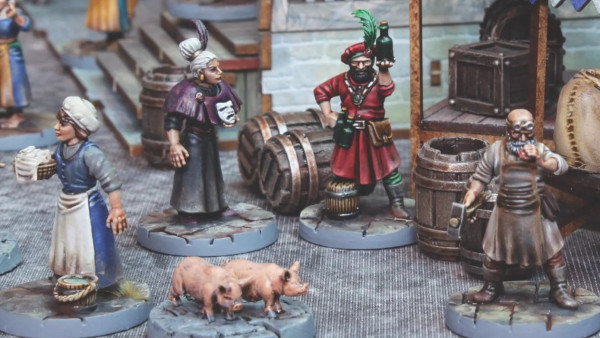
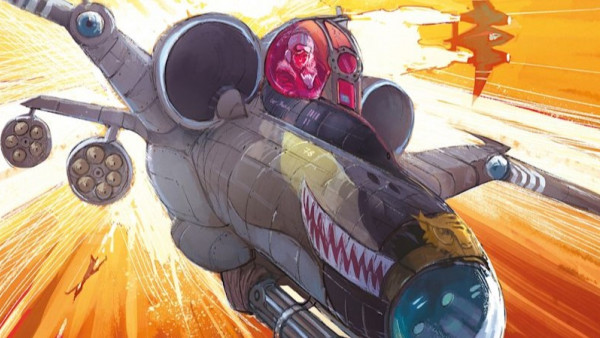

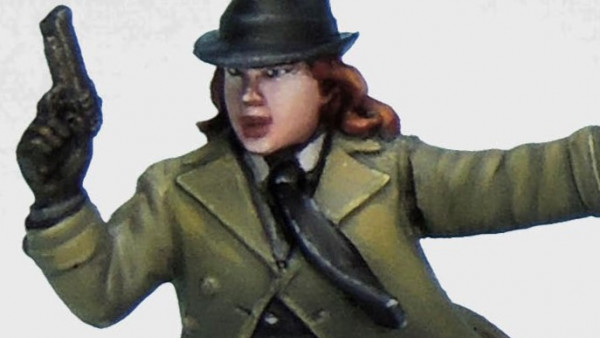
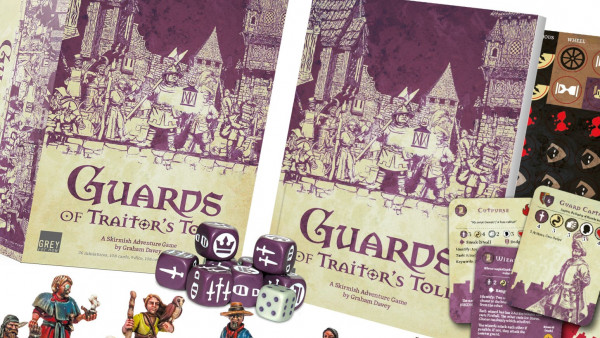
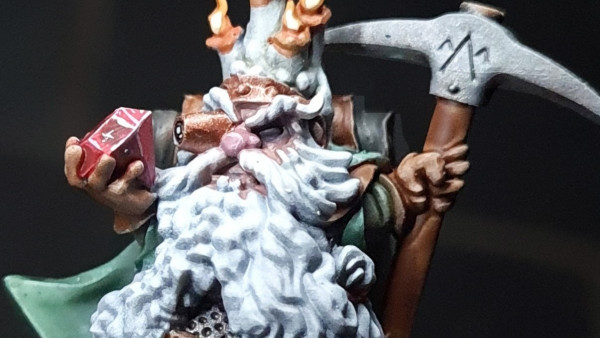

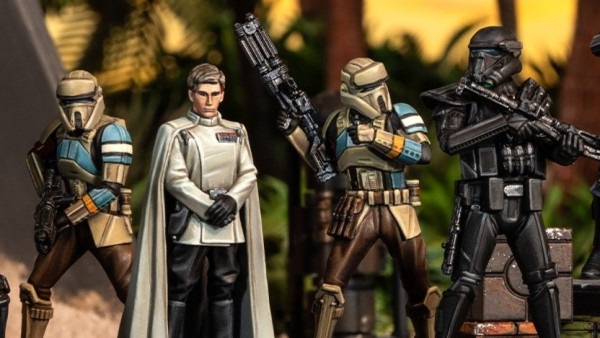
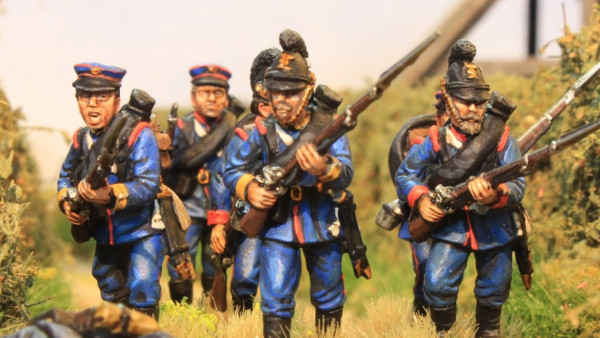
“The painter is from Beasts of War … The air is from Earth … We had it bottled special since we’re all from Mars?” 🙂 Nice. It must be tough sometimes coming up with “small talk” for these videos during long stretches of intense paint work. Another awesome video, Romain.
I try… 🙂
Great tips on diluting the paint and frequently rinsing out your brush. I was using a vaguely similar technique (sort of) to put mottled camouflage on some WW2 small (10mm) USMC figures, and was frustrated by the brush putting 3-dimension “globs” of paint on my figures
Watching this technique, I was struck with the notion that it would work really great if you wanted to give the impression that the miniature is in a really frosty environment. I was thinking of Napoleonic’s in a retreat from Moscow, or in a Second World War Stalingrad-type environment……just a thought. Anyway another technique that I have not seen or considered as feasible. Cheers
That’s actually an awesome idea, @mattvsobow. Winter Germans/Soviets in the east or Americans/Germans for an Ardennes scenario. 🙂
Completely new technique to me and gives a rather pleasant result. Thanks for sharing Romain.
Thanks for the kind words, everyone ! 🙂
I’m glad you like this one…
Very interesting Romain and thank you for the tutorial. Your videos are some of my favorite here. I have been a painter of strictly historical figures until last year when your brothers here at BoW got me hooked on Infinity. Since I have been trying to train myself to paint in a manner suitable to the sci-fi genre. It has been difficult but made much easier with your great help. Thanks again.
Thanks a lot ! 🙂
Pro tip : historical painting and sci-fi painting are the same… except for sci-fi, you usually use more vivid colours and contrast. And even then, not that much, not always.
That’s true, Romain. Historical painting CAN be colorful depending on the era. Napoleonic, American Revolution, early American Civil War, even ancients … especially with all the standards and flags, etc.
But Sci-Fi / Historical painting also can often be pretty similar since many sci-fi vehicles lately seem to draw pretty heavily from history anyway (e.g., WH 40K vehicles often resemble pumped-up AFVs from WW1 or 1920s),
Well yet another interesting technique there.. I am glad you mentioned the wear on brushes as it was the first thing that came to mind when I started watching the vid.
I can see it being very useful in small areas but would not like to try it on a bigger surface mainly because…Damn…it looks like a boring technique to do… and oh cost of the brushes!!!
Oh, you do learn to do it more quickly… But I wouldn’t do it on 54mm, unless it’s on a smaller surface.
I didn’t think there’d be much in that one for me as I tend to paint units, rather than individual figures. I may have to get that shadow wizard on the painting table to try this out.
Thanks, from Inspired of UK (middle bit)
Oh, dear me… This is not for chain painting, that’s for sure ! 😉
Don’t worry, there’s more tutorials in this series that fit unit painting.
Thanks for your viewership !
Sweet jeebus no! I’d not even think of trying this technique out on an infantry horde 🙂
That was interesting…
So the basic difference between this and stippling with a large brush or sponge is better control on the dot placement?
Yes… In a way… better control of dot placement, better control for gradients, better control for texture areas, better control of dot size… Also, with a stippling brush, you count on big splodges and contrast, you’re not doing gradients or precision painting, and you’re not giving an illusion of detail/cloth texture. In my view, comparing stippling with pointillism is comparing painting a wall with a roller and painting a picture with a small brush. Not the same thing, not the same purpose, not the same materials, not the same brushes… Just not the same. We’re not painting tank camouflage, here,… Read more »
Another very interesting video Romain.
Thank you for sharing.
I think I have read once that it was usefull to use matte medium when making “homemade” wash.
What do you think about it?
Merci beaucoup et bien joué 😉
Merci à vous, et merci de me suivre ! 🙂 There is no right and wrong about the use of medium… some medium, (used sparingly) in your mix makes it so that the paint doesn’t dry as quickly : you can blend directly on the miniature if need be. You do need very precise brush control to be able to do that… only experience can help you there. Too much medium, and your paint will take ages to dry, (a whole day, even, in one instance when I used far too much of the stuff…) which nullifies one of the… Read more »
Certainly a different technique to anything I’ve tried before. I’m wondering what it might look like on horses especially greys.
Pretty good on their back, actually… but you do need more blending in a lot of places, and in the shadows.
This technique is good for curly fur as well, if you’re subtle about it… if you want straight short fur, you need to be even more subtle, with tones much closer to one another, and a paint mix that’s more translucent/dilute… then you’re able to do little lines to symbolize hair.
Top marks for managing to get the word “nebulous” in tutorial video!
Very good tutorial too, helped me understand blending as a whole too.
Thanks ! I try not to use the same words over and over. I fail, most of the time, alas.
@elromanozo , not sure if you’re still watching this thread, but when would you use this over straight up layering (or glazing)… when you want to add texture?
A great effect Romano I’ve not got the patients to get the pattern down but Lol.